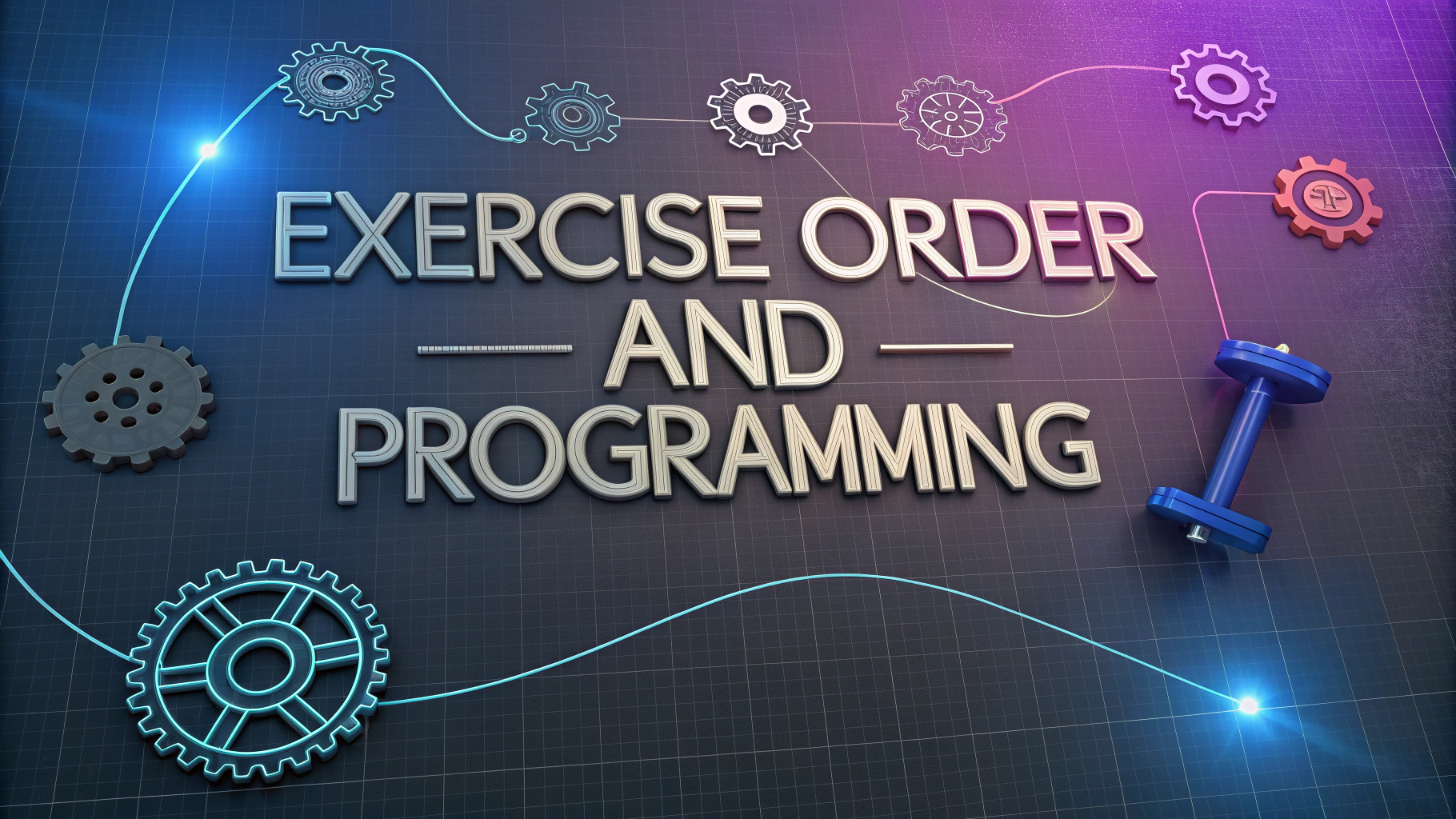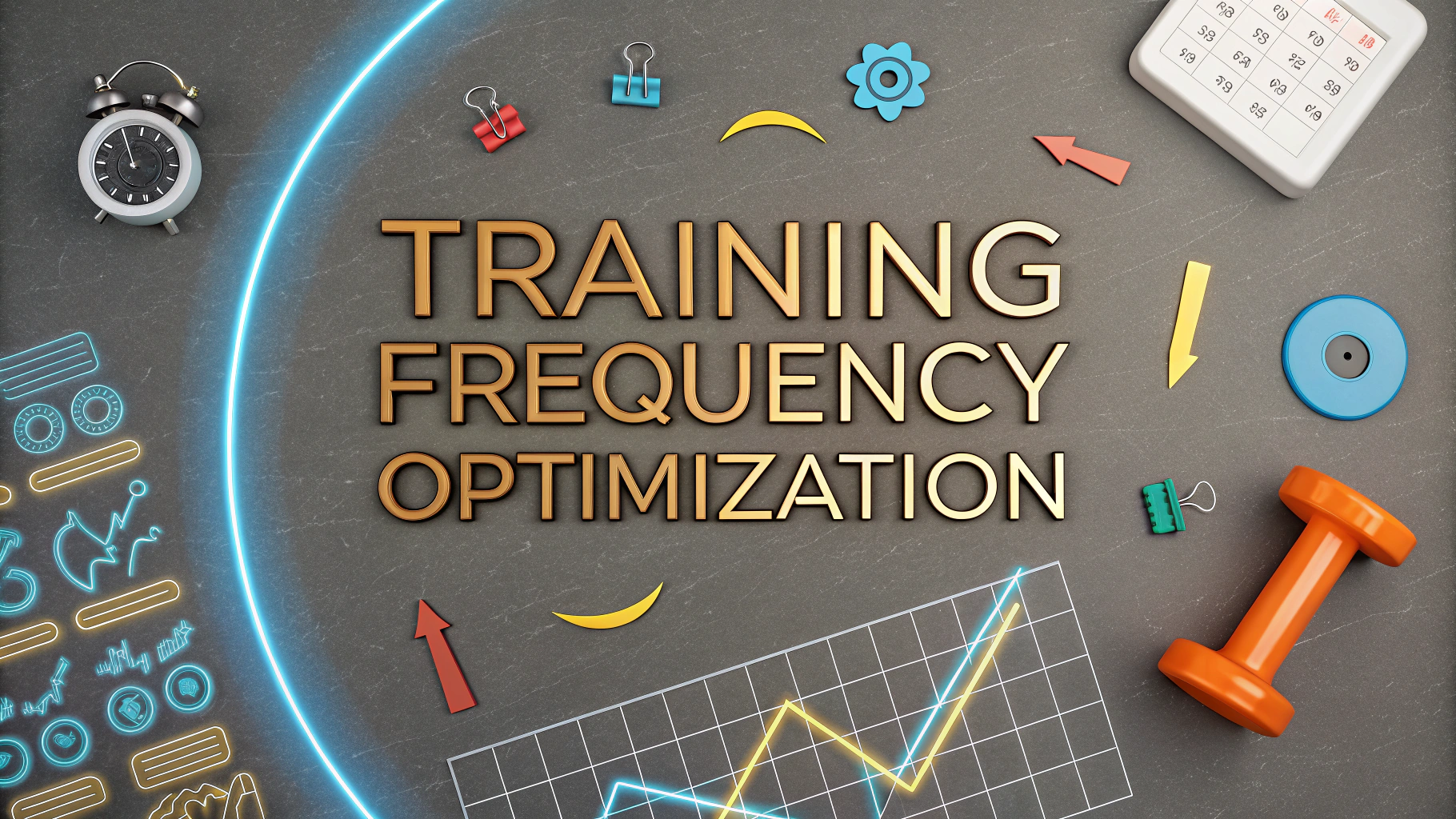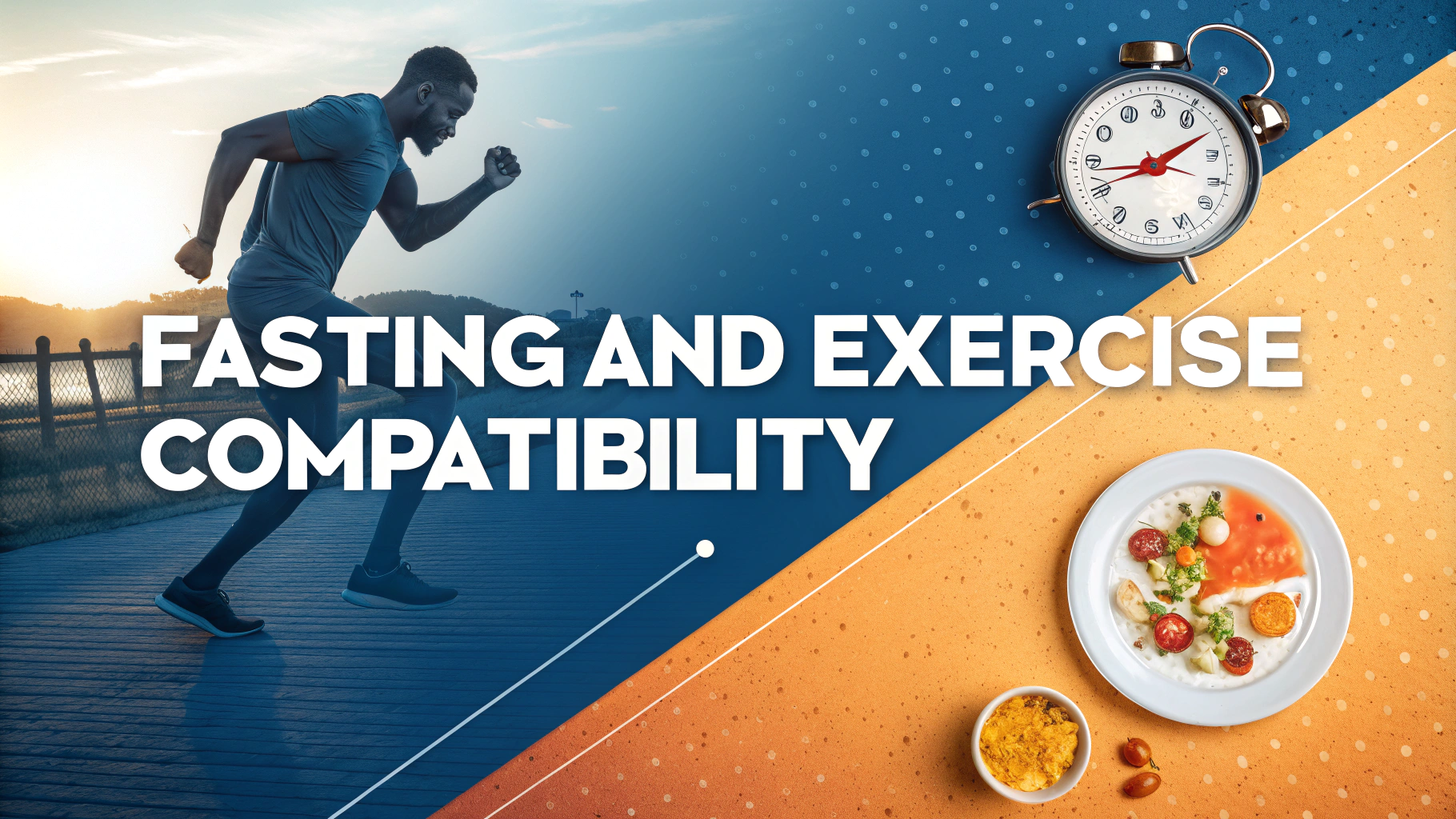Calisthenics stands out as one of the most accessible and effective ways to build strength, using just your body weight as resistance.
What Makes Calisthenics Different
Unlike traditional weightlifting, calisthenics requires minimal equipment while developing functional strength that translates directly to real-world movements.
Core Benefits of Calisthenics Training
- Zero equipment costs
- Can be done anywhere
- Improves mobility and flexibility
- Develops functional strength
- Enhanced body control
Essential Calisthenics Exercises
Upper Body Focus
- Push-ups: Start with wall push-ups if regular ones are too challenging
- Pull-ups: Begin with negative pull-ups to build strength
- Dips: Use parallel bars or sturdy chairs
Lower Body Exercises
- Squats: Focus on proper form before adding jump variations
- Lunges: Include walking lunges for added difficulty
- Calf Raises: Perform on stairs for increased range of motion
Sample Beginner Routine
| Exercise | Sets | Reps |
|---|---|---|
| Push-ups | 3 | 5-10 |
| Squats | 3 | 15 |
| Plank | 3 | 20-30 seconds |
Progression Tips
Start with easier variations and gradually increase difficulty as you build strength.
Progressive Overload Methods
- Increase repetitions
- Add sets
- Slow down movement tempo
- Decrease rest periods
- Move to harder variations
Common Mistakes to Avoid
- Rushing through exercises without proper form
- Skipping warm-ups
- Training without rest days
- Neglecting proper nutrition
Nutrition Support
Proper nutrition plays a key role in supporting your calisthenics training.
Basic Nutrition Guidelines
- Eat enough protein (0.8-1g per pound of body weight)
- Stay hydrated (drink water throughout the day)
- Consume adequate carbohydrates for energy
- Include healthy fats for hormone production
For personalized advice on calisthenics training, consider consulting a certified fitness professional or visiting reputable online communities like r/bodyweightfitness.
Safety Considerations
While calisthenics is generally safe, proper precautions should be taken to prevent injuries and ensure optimal results.
Safety Guidelines
- Always warm up properly before training
- Master basic movements before attempting advanced variations
- Listen to your body and rest when needed
- Use stable surfaces for support exercises
- Maintain proper alignment throughout movements
Recovery Strategies
Recovery is crucial for progress in calisthenics training and helps prevent overtraining.
Key Recovery Elements
- Get adequate sleep (7-9 hours per night)
- Include rest days between intense sessions
- Practice light mobility work on rest days
- Use foam rolling for muscle recovery
- Consider active recovery methods like walking or swimming
Long-term Progress
Sustainable progress in calisthenics requires patience, consistency, and proper planning.
Goal Setting Tips
- Set realistic short-term and long-term goals
- Track progress through photos or workout logs
- Adjust training based on results
- Celebrate small victories along the way
Conclusion
Calisthenics offers a sustainable, effective approach to fitness that can be adapted to any skill level. By focusing on proper form, progression, and recovery, while maintaining good nutrition and safety practices, anyone can achieve their strength and fitness goals through bodyweight training.
Remember that consistency and patience are key factors in achieving success with calisthenics training. Start with the basics, progress gradually, and enjoy the journey of building strength and skill through this time-tested training method.
FAQs
- What exactly is calisthenics and how does it differ from weight training?
Calisthenics is a form of exercise using your body weight for resistance. Unlike weight training which relies on external weights, calisthenics focuses on movements like pull-ups, push-ups, squats, and dips to build strength, flexibility, and coordination. - Can I build significant muscle mass through calisthenics alone?
Yes, you can build considerable muscle through calisthenics by progressively increasing difficulty through leverage variations, increasing repetitions, and implementing advanced movements like muscle-ups and planche progressions. - How often should I train calisthenics as a beginner?
Beginners should start with 3-4 sessions per week with rest days in between. This allows adequate recovery time while building foundational strength and proper form. - What are the most essential calisthenics exercises for beginners?
Essential beginner exercises include push-ups, squats, lunges, plank holds, inverted rows, and wall assisted handstand holds. These movements build fundamental strength and body control. - How important is nutrition when training calisthenics?
Nutrition is crucial in calisthenics. A balanced diet with adequate protein (1.6-2.2g per kg of body weight), complex carbohydrates, and healthy fats supports muscle recovery and strength development. - Do I need any equipment at all for calisthenics training?
While calisthenics primarily uses bodyweight, basic equipment like a pull-up bar and parallel bars/dip station can greatly expand your exercise options and progression potential. - How long does it take to see results with calisthenics?
Initial strength gains can be noticed within 4-6 weeks of consistent training. Visible physical changes typically begin to show after 8-12 weeks of regular practice combined with proper nutrition. - Can calisthenics help with weight loss?
Yes, calisthenics can be effective for weight loss as it combines strength training with cardiovascular elements, especially when exercises are performed in circuit-style workouts that keep heart rate elevated. - Is calisthenics safe for people with joint issues?
Calisthenics can be modified for different fitness levels and physical limitations. Starting with basic movements and proper form helps minimize joint stress, but consult a healthcare provider if you have specific concerns. - How do I progress in calisthenics when exercises become too easy?
Progress by increasing repetitions, adding sets, decreasing rest time, or advancing to harder variations. For example, moving from regular push-ups to diamond push-ups or from assisted pull-ups to full pull-ups.







